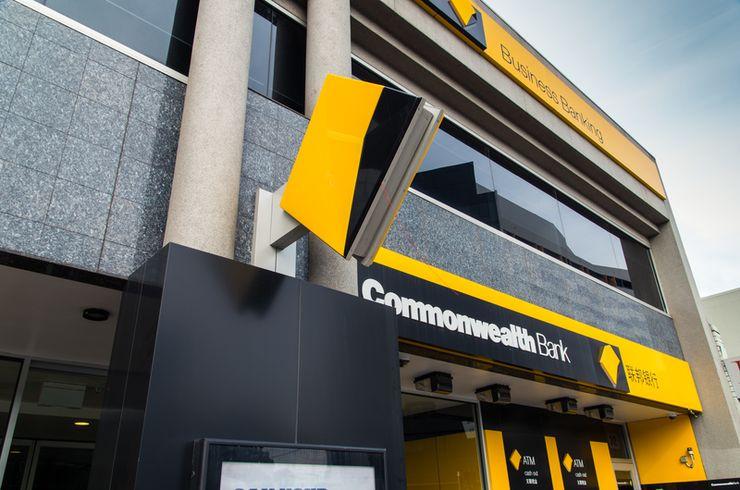
Commonwealth Bank of Australia has hinted at plans to import the “commercialised blockchain solution” it has successfully trialled in South Africa.
Giving his last results presentation at CBA yesterday morning, departing CEO Ian Narev revealed its South African digital bank – TymeDigital by Commonwealth Bank South Africa – had run an experiment with distributed ledger technology which would now be scaled up.
“One of the aspects of this result we really do want to call out is that through this period and for the remainder of this year you are really seeing the benefits of our businesses offshore not just building business models in those markets but being an R&D hub for the Commonwealth Bank to bring back into our developed markets,” Narev said in a presentation to investors.
“So there have been interesting examples, like the first commercialised blockchain solution in South Africa, which is an experiment we’ve run and can now scale up enabling us to actually give the customers their own digital identity for use on the blockchain, where they’re in control of it,” he said.
The blockchain solution being readied for scale up in South Africa utilises the R3 Corda Distributed Ledger, the bank told CIO Australia.
CBA invested in the R3 consortium last year along with more than 40 global financial institutions (since joined by National Australia Bank, Westpac, Macquarie Group). The functionality will be one of the first R3 Corda apps to be in production anywhere in the world, the bank added.
It’s functionality will added to TymeCoach, a financial wellbeing platform for customers in a South Africa, and be made available this year.
“It builds on the learnings of Blockchain experiments we have conducted both locally and globally on identity,” a spokesperson told CIO Australia. “The product will build features over time utilising the power of distributed ledger technology.”
Narev added that the blockchain solution could soon make its way to Australian shores.
“So beyond what we’re doing within those markets we’re seeing the signs of building capability in those markets for application back in our home markets and starting to disrupt ourselves,” he explained.
TymeDigital by CBSA sits within CBA’s International Financial division. CBA bought the South African fintech Tyme (Take your money everywhere) in 2015.
Since the buyout, CBA is quickly building TymeDigital into a full service digital bank, delivering services through self-service kiosks that allow users to authenticate themselves, verify their details and transfer money.
TymeDigital was granted an operating licence from the South African Reserve Bank in September last year.
At the time Narev said he hoped TymeDigital would become a “source of broader research and development for CBA”. In yesterday’s presentation, Narev said the kiosk technology developed by TymeDigital would be transferred into CBA’s New Zealand arm ASB Bank, with 130 kiosks being rolled out this year.
Huge potential
CBA has been exploring the potential of blockchain technology since 2015, that year experimenting with the use of Ripple to settle transfers between group subsidiaries. In 2016, CIO David Whiteing said blockchain had “huge potential”.
Early last year the bank ran a ‘cryptobond’ experiment, building a capital market issuance platform to facilitate the raising of capital through the issuance of bonds, on the blockchain. It was tested by Queensland Treasury Corporation for the issuance of semi-government bonds.
“Building a transaction model that removes the bank may seem incredibly disruptive to ourselves, but we learned a huge amount from this experiment,” wrote CBA’s Sophie Gilder, who was appointed Head of Blockchain in 2016.
“Most significantly, we learned that even when we built the technology to directly facilitate a transfer of money and bonds from investor to issuer, there were still various roles requiring an intermediary – not to stand in the middle for the distribution process, but to provide other services such as provision of smart contracts and the vetting of parties to the transaction.
“The reality of a completely disintermediated solution is much more nuanced than the theory,” she added.
In 2016 the bank revealed it had partnered with US bank Wells Fargo and Brighann Cotton to successfully complete the first trade smart contract between two independent banks, “combining the emerging technologies of blockchain, smart contracts and Internet of Things”.
In a November blog post Gilder added that in the main, CBA was looking at closed blockchains.
“For most purposes we’re not looking at open blockchains where anyone can join. Many of the blockchains that we imagine will exist in the future will be private and permissioned,” she said.
Join the CIO Australia group on LinkedIn. The group is open to CIOs, IT Directors, COOs, CTOs and senior IT managers.
